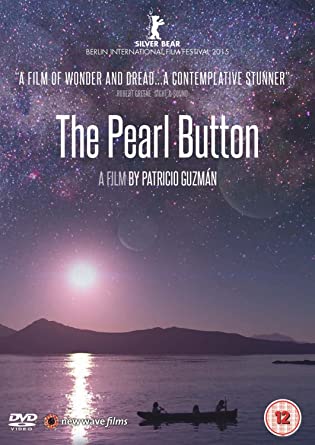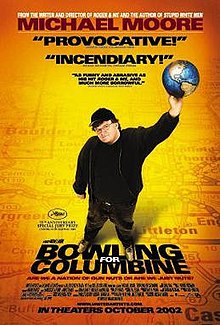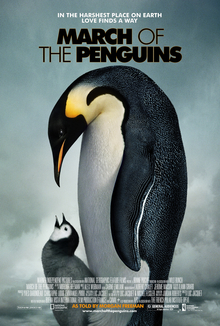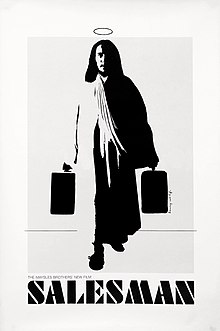Bill Nichols identifies that there are 6 different types of documentary that he defines as the “Six Modes of Documentary”.
Performative Documentary (Filmmaker as participant)

– There is an emphasis on the subjective nature of the documentarian whilst acknowledging the subjective reading of the audience simultaneously
– A focus on the social and emotional impact on the audience
Poetic Documentary (Subjective, artistic expression)

– Grasps at an inner truth by moving away from looking at the reality of a situation that conveys this message in a way that only poetic manipulation can make it understood
– There is a clear emphasis on descriptive passages, visual associations and tonal or rhythmic qualities
– This mode focuses on mood and tone
Reflexive Documentary (Awareness of process)

– There is an awareness of the constructive nature of documentary which is flaunted, conveying to the audience that its not necessarily the truth but a reconstruction of it
– The audience is made aware of the different elements of the filmmaking process such as the editing and the sound recording which exposes the artifice of the documentary
Participatory Documentary

– The filmmaker has an impact on the events which is acknowledged and they can often be the most celebrated part of the documentary
– Direct engagement between the filmmaker and the subject/s
Expository Documentary (Voice of God)

– The most commonly referred to mode of documentary
– This mode prominently uses verbal commentary through the use of a narrator that presents an argument using relevant and logical information through direct address that results in a right answer conveyed to the audience whilst offering a preferred meaning
– Most associated with nature documentaries and the news presented on TV
Observational Documentary

– Most appropriately seen in Cinema Verite (direct cinema) which emerged towards the late 50s/early 60s, attempting to capture objective reality which places the filmmaker as just an observer
– The filmmaker will remain hidden behind the camera whilst being ignored by their surrounding environment
– The camera often rushes about to keep up with the natural actions occurring which results in rough and amateur-like footage
– Referred to as ‘fly on the wall’ documentary